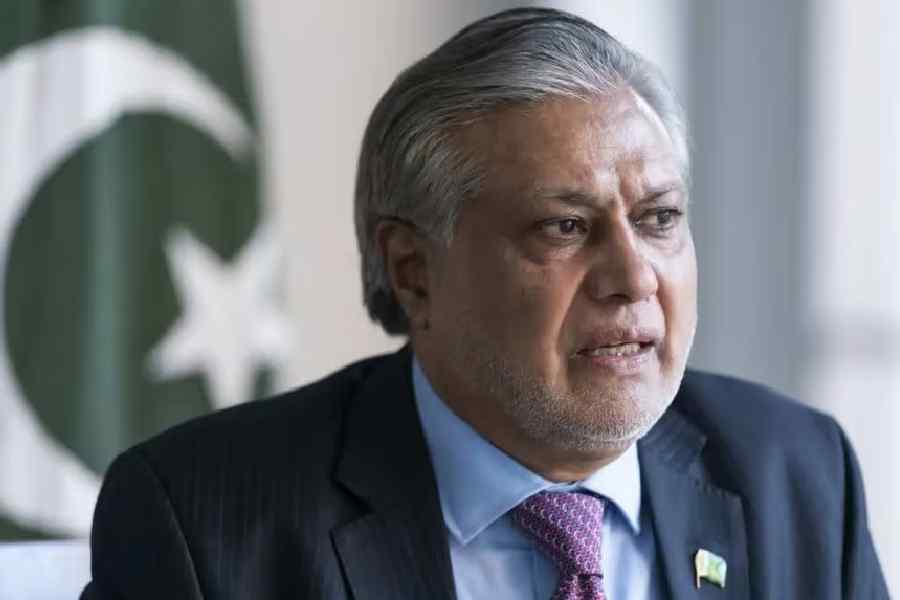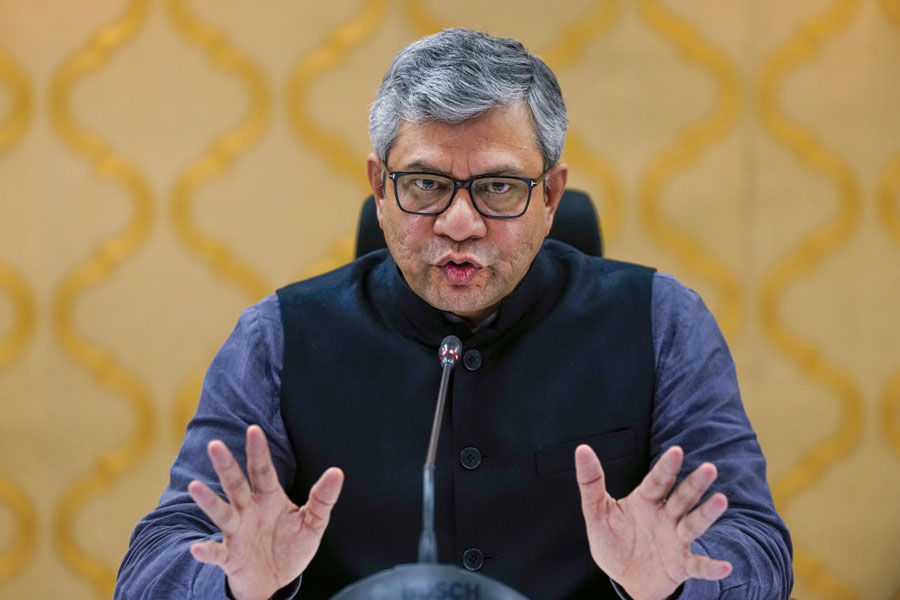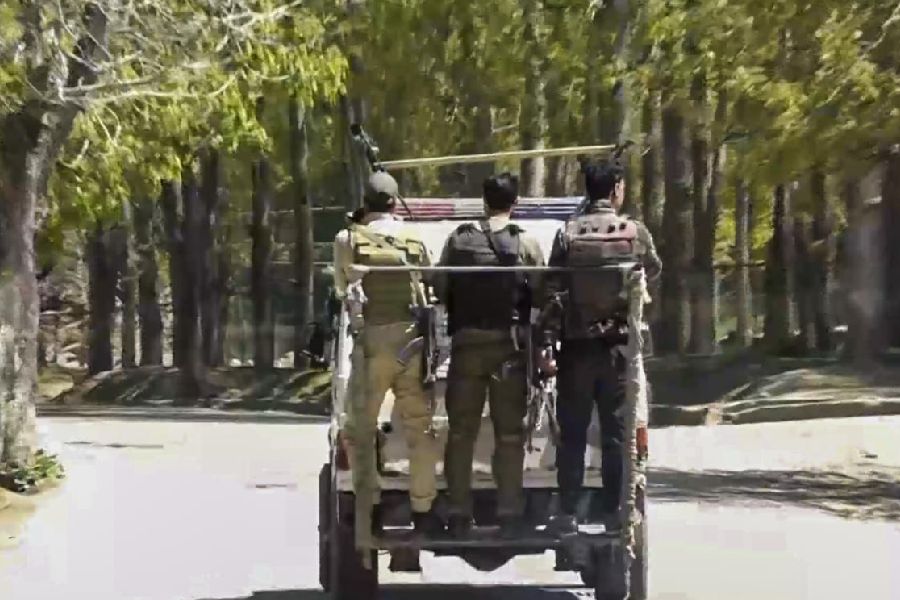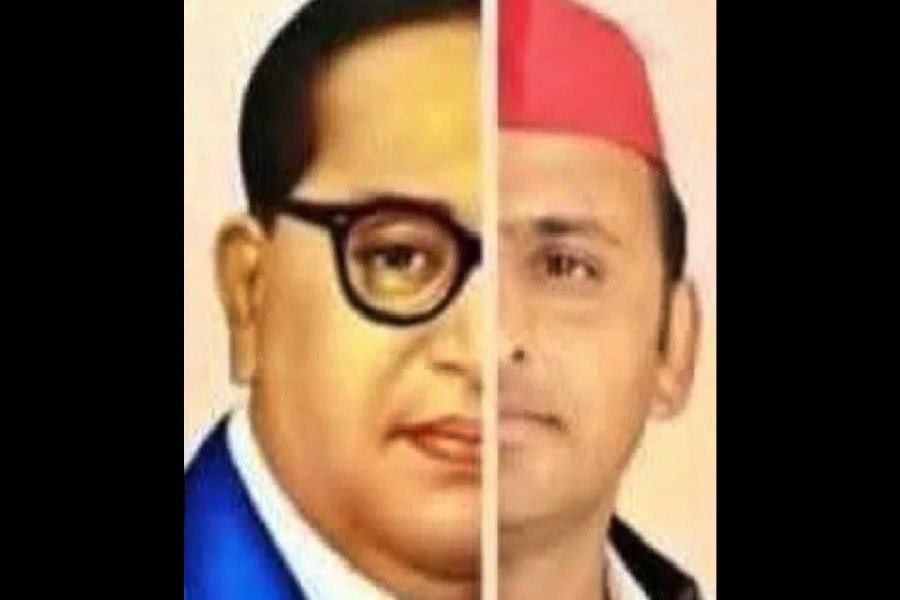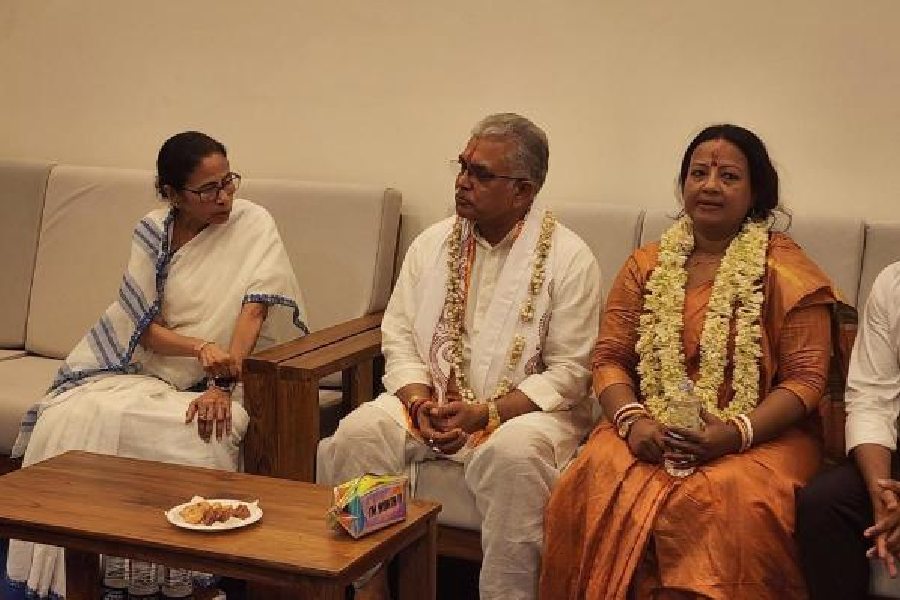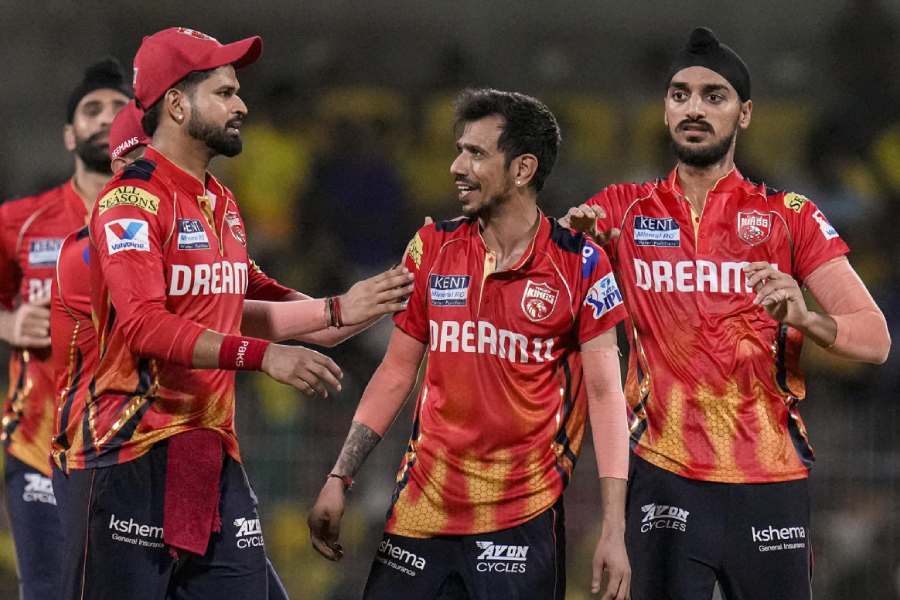 |
The earliest example they have is a Horlicks ad from 1940, just unearthed, but there are many other treasures.
The Comic Book Project, an archiving effort undertaken by the School of Cultural Texts and Records (SCTR) at Jadavpur University, was officially launched on August 29, but it was a sneak preview really of something that can become quite big. The project aims to collect and digitise comic strips in Indian languages from the earliest days. It has a hard-copy archive as well as a digital one, and can be accessed at the SCTR. Only a very small portion has been put online at comicbookindia.com.
“About 40 illustrators and writers are listed,” says Abhijit Gupta, who teaches English literature at the university and has steered the project. Many advertisements printed in the comics form appeared during the 1940s, and comics was an important propaganda tool used by the Allies in India during the Second World War. By the 1950s, some Bengali children’s magazines had begun to run regular full-page comics. “One of the earliest samples of comics art in our collection is an early Hnada-Bhnoda strip by Pratul Chandra Bandyopadhyay that appeared in Shuktara during 1952-53,” says Gupta.
Yes, Narayan Debnath is the name that comes to mind with Hnada Bhnoda. But those associated with the project feel that judging by the style of drawing, the original creator of this comics was probably Bandyopadhyay, and not Debnath, the prolific, hugely popular artist who took over the strip for Shuktara and went on to create other Bengali icons, including Bnatul the Great, Bahadur Beral and Nante Fante.
But the find of the project are the works of Mayukh Chowdhury, whose real name was Prasad Ray. He was a comic strip artist and book cover illustrator who did not publish in newspapers. “His work stands out,” says Gupta.
“Debnath’s work was often derivative — Bnatul the Great was inspired by a Norwegian comics. But Mayukh Chowdhury, without moving out of Calcutta and with few resources at hand, did what others in Europe were doing at the time: creating serious sequential art that went beyond cartoons and caricatures and told new exciting stories in the comics form,” says Deeptanil Ray, an SCTR researcher and comics enthusiast, who had started a comics journal called Drighanchoo.
He drew with a recklessness figures with deeply inked shadows and wrote stories set in Africa or in ancient India at the time of Alexander’s invasion. He would visit the zoo to study animals and his frames are charged with the dark energy of pouncing predators, Ray adds. Agantuk (The Stranger), one of his stories from the 1970s, is about a Martian called Jura who has pointy ears and retractable claws like Wolverine’s, long before American comics artists dreamt of him.
Chowdhury died in penury.
Gupta mentions Debnath’s Black Diamond series, and Subrata Gangopadhyay’s and Sarbajit Sen’s works among the other remarkable items in the collection. There are also rare comic strips drawn by Satyajit Ray that were printed in Sandesh, and an unpublished work by a Bengali comics artist trying to come to terms with the turbulent political movements of the 1970s.
The archive includes much more English material, from Target as well as something like The Adventures of Timpa, a comics strip by Sarbajit Sen set in Calcutta and modelled on Tintin. It also includes weird short-lived series such as the Sunil Gavaskar comics and Amitabh Bachchan comics. “Later, we intend to upload some Malayalam comics, as soon as we get someone who can read them for us!” says Gupta.
So far, the materials are mostly Bengali. But Gupta does not see much of a future for Bengali comics. “There is no original work. Most of the work that comes out is derivative, adaptations of literary classics,” he says.
On August 29 and August 30, Jadavpur University Press also hosted a graphic anthology workshop on Tagore’s stories. The anthology will have 14-15 stories and writers/artists have been invited to make graphic stories out of them. Jadavpur University Press is co-publishing this with HarperCollins India and has given the contributors complete freedom in interpreting the stories, says Gupta, also director of Jadavpur University Press.
Some of the contributors are Orijit Sen, Vishwajyoti Ghosh, Sarbajit Sen, Nitesh Mohanty, Sekhar Mukherjee, Pinaki De, Arunava Sinha and Deeptanil Ray. Some of the stories are Malancha, Sampatti Samarpan, Postmaster, Ghater Kotha, Fail, Ek Ratri and Laboratory.
So what is the difference between comics and a graphic novel? “There is no difference,” Gupta feels.


